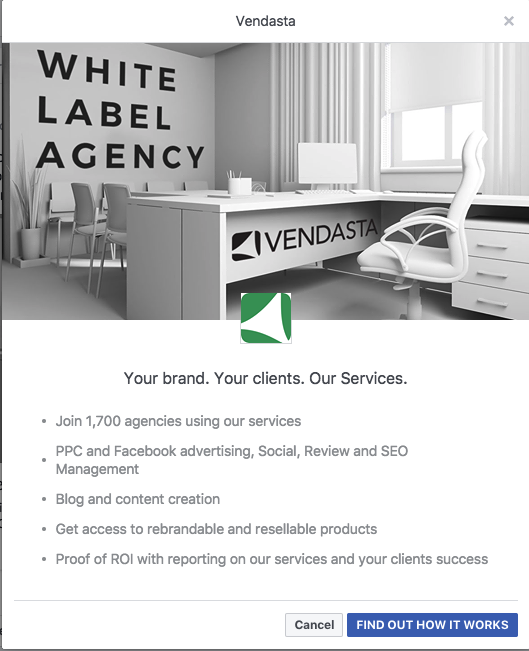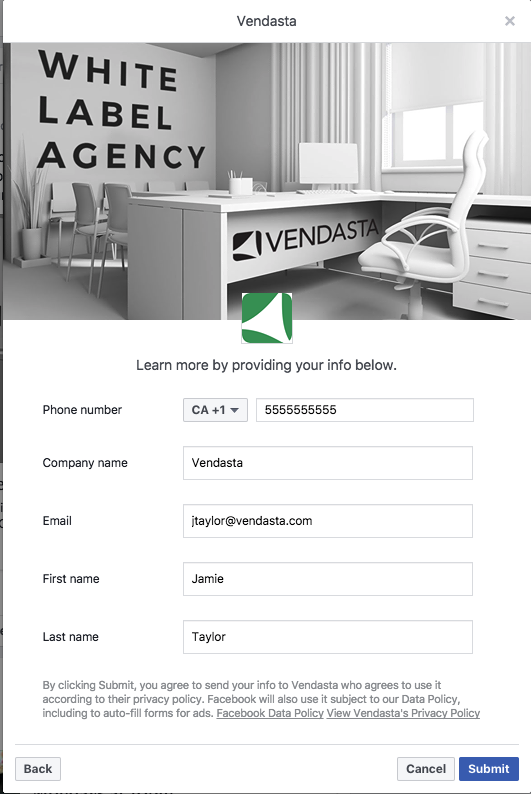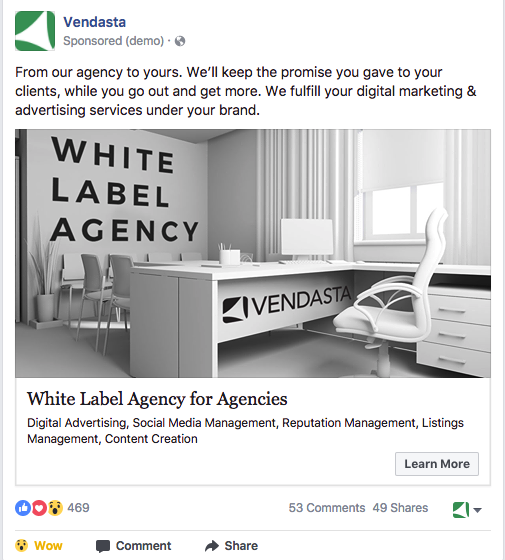How We Generated 2,000 SQLs in Two Months with Facebook Paid Advertising
Some are calling it a breakthrough. Others are calling us code-crackers. We’re calling it another day on the job.
On the demand generation team, our job is to bring in the highest quality leads at the lowest cost. We spent the better portion of the year refining our knowledge, campaigns, audiences, messages, and creative.
Our work paid off. We hit launch on a brand new set of Facebook advertising campaigns, called it a day, and woke up to over 100 qualified leads that had poured in overnight.
The volume was so huge that we had to turn off the Facebook ad tap, as our sales team’s pipeline was flooded with too many qualified leads to contact, and our business development reps’ calendars were booked to capacity with back-to-back-to-back platform presentations.
We went from less than 2,000 qualified leads in the previous 8 month period, to breaking the 2,000 SQL barrier in eight weeks.
We’re getting a lot of buzz from Vendasta employees, partners and even prospects about our recent Facebook ad campaigns.
All wondering how we did it.
How did we generate over 2,000+ SQLs in two months?
How did we do it to scale? We’re pulling in qualified leads at $12 a pop.
In the short sales cycle so far, we have 700 presentations booked, and already 30+ closes.
What the best Facebook ads did for our lead generation
The success of these campaigns has led me to refer to Vendasta’s advertising timeline into two eras, “Before Breakthrough Era” (BBE) and “After Breakthrough Era” (ABE).
To illustrate just how big this Facebook Advertising breakthrough was for our lead generation, I’ll break down the numbers from BBE in comparison to ABE.
B.B.E:
8 Months | 1949 MQLs | $57 CPL
Now, these numbers are still good for the industry. The accepted industry benchmark of Cost Per Lead (CPL) is in the $80-100 bracket, which puts our CPL of $57 in great standing as things go. However…
A.B.E:
8 weeks | 2,031 MQLs | $12 CPL
That’s four times more qualified leads generated per month at one fifth the cost.
How we did it comes down to an alchemy of four things. Three tactics you can implement right away. One intangible every business has, but might take to some work to find it.
Recommended Reading: ROI Analysis: Choosing Digital Advertising Metrics that Matter
The Four Elements That Generate Facebook Leads At Scale
- Use the lead generation ad format
- Create a highly targeted audience
- Change your bidding strategy
- Create demand
One: Use the lead generation ad format
When using Facebook paid advertising, create a campaign using the lead generation objective, A.K.A Lead Ads.
What’s a Lead Ad?
It’s an ad that shows up in the newsfeed like any other ad. The difference is: when a user clicks through, they’re taken to a native lead card that acts as a mini-landing page.
If they’re interested in knowing more, they click-through to a form that’s pre-populated with their information.
There’s absolutely no work, it’s all automated. All the user has to do is click a button and wait for a follow-up.
I can’t stress enough how key the automation here is…for us, lead ads perform 8x better than ads that drive users to an external landing page. It’s all about keeping your users on the same platform with no redirect—making converting as simple as possible. They’re a little more expensive, but if you can find the sweet spot, they’re more than worth it.

The lead card of our white label agency Facebook ad

Pre-populated lead form after “Find Out How It Works”
Two: Create a highly targeted audience
To create the audience for these campaigns, I took user data from past Lead Ad conversions— name, email, phone number—and created a Facebook Lookalike Audience. I’ve created many of these audiences in the past, using similar data from other marketing channels, but none have come close to the success of this one.
Since I don’t know for sure how Facebook’s audience algorithm works (if anyone out there has data, please share!), I theorized Facebook was able to create a hyper targeted audience, as it was already familiar with the user data I was feeding it.
After processing my past Lead Ad conversion data, Facebook spit out a 2.7 million person audience, which is huge, and sort of dangerous for a niche industry like ours. I tested it, and it was bang on—80% of our conversions are qualified leads. Plus, we’re just getting started with the 2.7 million, we’ve only reached about tenth of it.
Main take away: save your Facebook conversion data and reuse it for a Lookalike audience. It’s a license to print money.
[clickToTweet tweet="1. Save your Facebook conversion data 2. Use it as a lookalike audience for a new campaign 3. Profit!" quote="1. Save your Facebook conversion data 2. Use it as a lookalike audience for a new campaign 3. Profit!"]
Recommended Reading: Facebook Sponsored Posts Showdown: Boosting vs Ads
Three: Set a bidding strategy
Right after publishing these ads, I noticed they were getting great engagement—comments, clicks, positive reactions, page like, private messages, and conversions—creating an ad relevance of 8.
This told me two things.
- My audience was dialled in
- My ad content was relevant
After that, I changed the bidding strategy from the recommended auto-bid to a manual bid. I raised the bid to the highest end of the auction, around $40 per result, so my ads were at the top of the delivery pile and hitting newsfeeds at max capacity.
And since my ad relevance was high, I was still able to get low cost per results, as Facebook favors content its users like. So, I’m bidding at the top of the auction to get high delivery, but I’m actually getting conversions at a fraction of the bid, around $9 (though the conversions have yet to be verified as SQLs).
Four: Create demand
This is the one intangible you’ll have to discover through testing (or, maybe you already have it). Create a demand for whatever you’re offering in your ads. In other words, find a way to reach your audience with the right message.
90% of your ad’s success will depend on creating the right message. Naturally, this where the bulk of your work is needed. When it comes to finding the message, I go old school like Mad Men. I start with a blank canvas, jotting down a succession of questions about my product and how it pertains to my audience.
Each question leads to another. When the questions stop—you’ve found your message. You can spend hours, days finding it, but dammit, it’s worth it.
Bottom line: without relevant content, none of the initial steps matter. Your audience won’t care, relevance score will be low, and bidding strategy will be redundant.
What are the Facebook ad designs that generated 2,000 SQLs in two months?
At Vendasta, we have an in-house Digital Agency that fulfills our partners’ digital marketing and advertising services for their clients under their brand.
On our site and other media, we refer to our service as Vendasta’s Digital Agency. On a simple Facebook ad, it would take a fair amount of context to explain what Vendasta’s Digital Agency does on very limited real estate.
After drilling down to the bottom of the coal mine questions, we got to our diamond: White Label Agency For Agencies. The simplest things are usually the hardest to see—but it’s perfect for our offering and our audience. In turn, it created a massive demand.
Here’s a look at an example of the ad:

The Facebook ad that started it all
Recommended Reading: How Agencies Are Making 4,000+% ROI for Clients With White Label PPC
If you’re interested in learning more about the Facebook Ad process, feel free to email me at jtaylor@vendasta.com with any questions.
If you’re interested in learning more about our White Label Agency, please fill out this request for more information.
We made Facebook paid advertising work for us in a big way—and we can make it work for you too.

